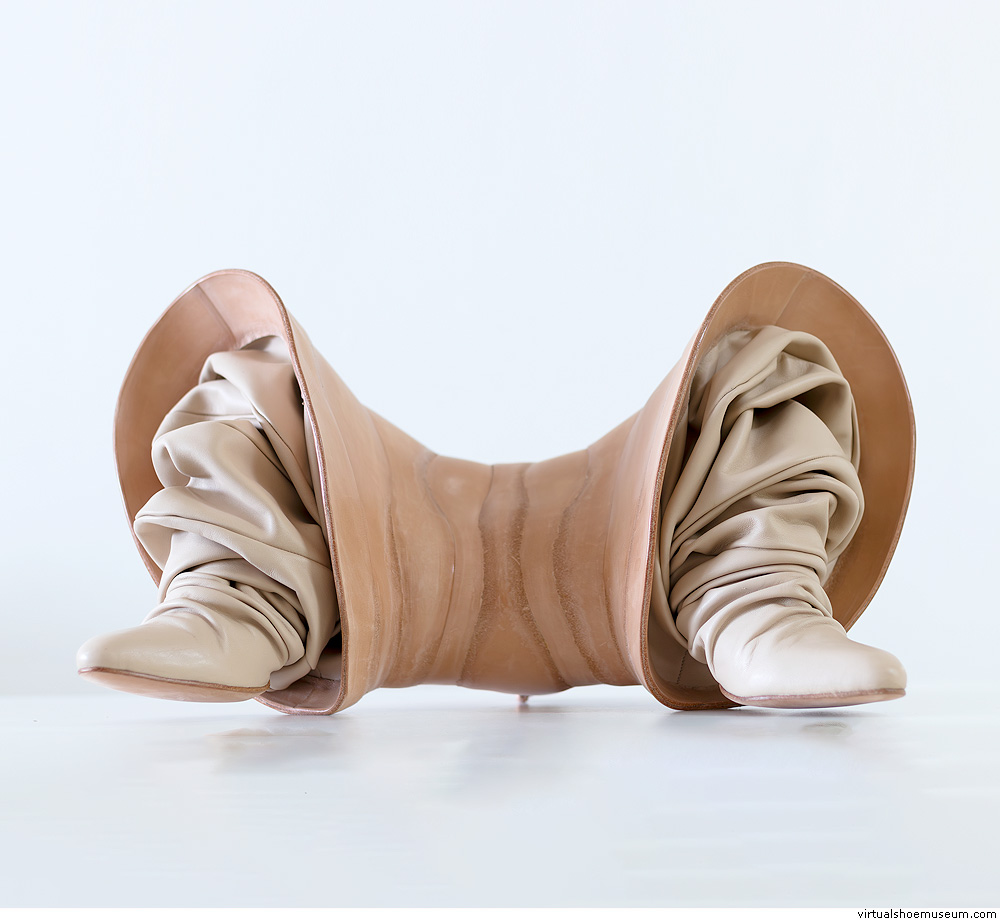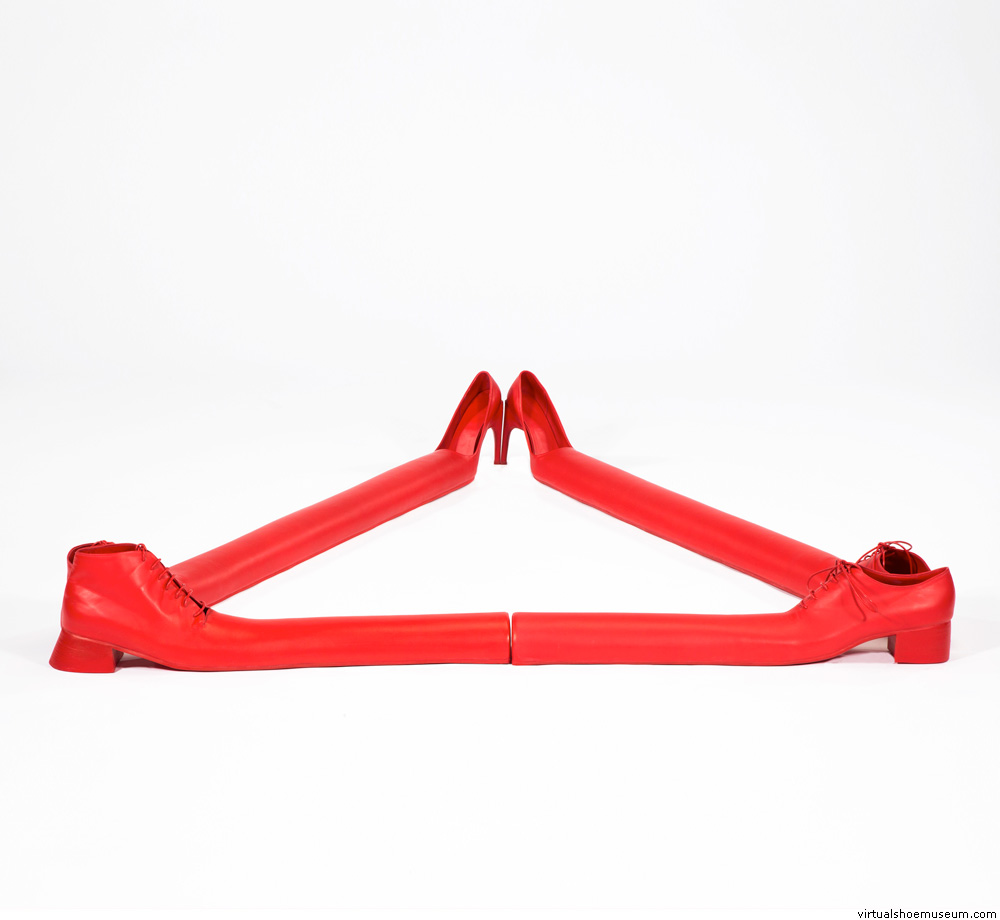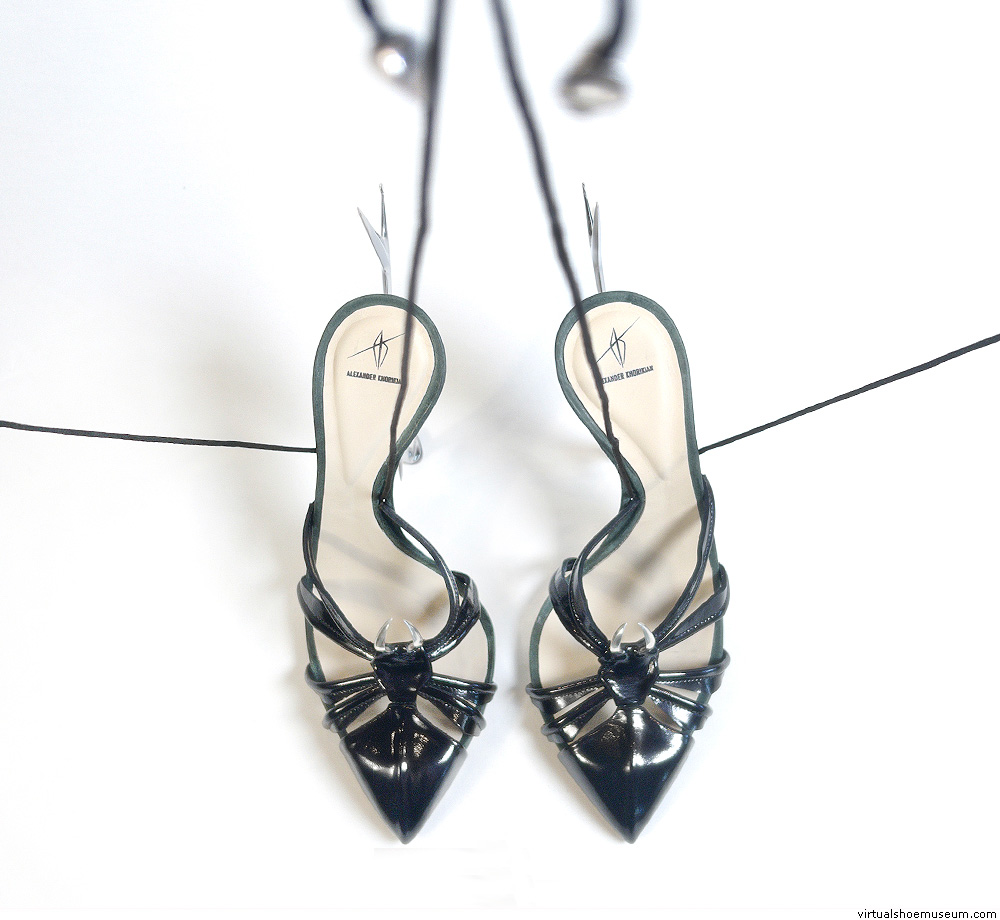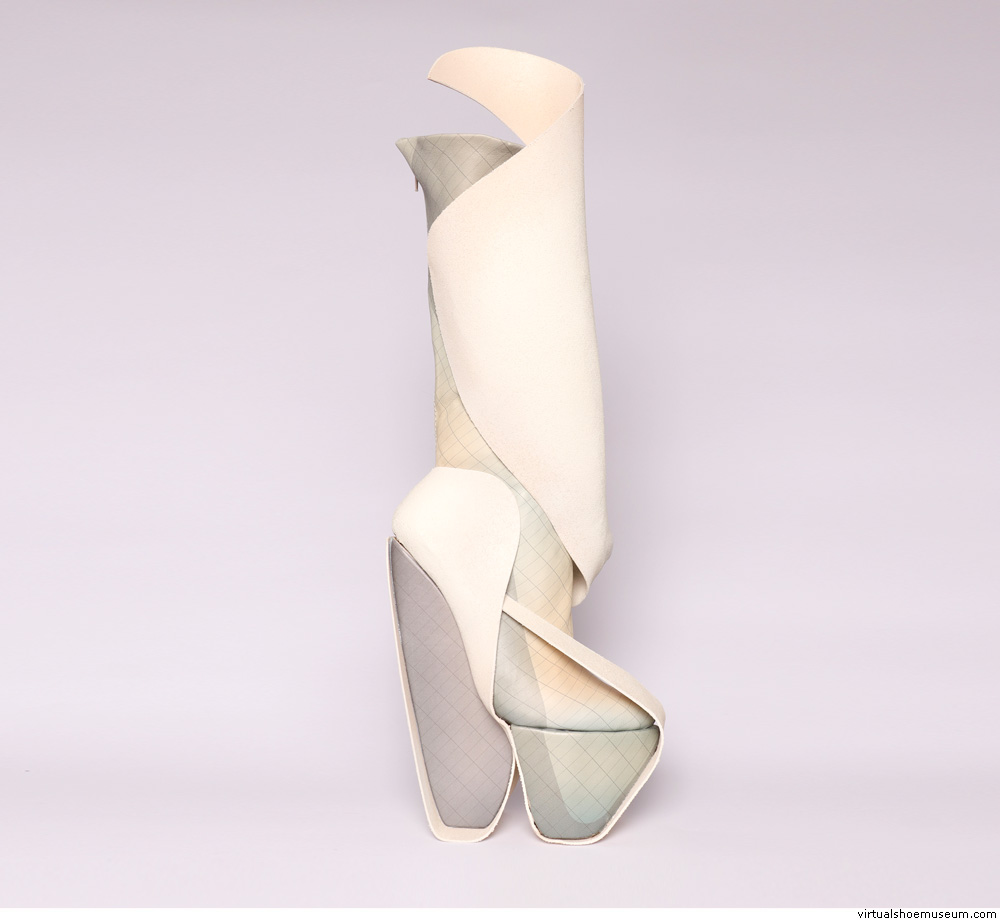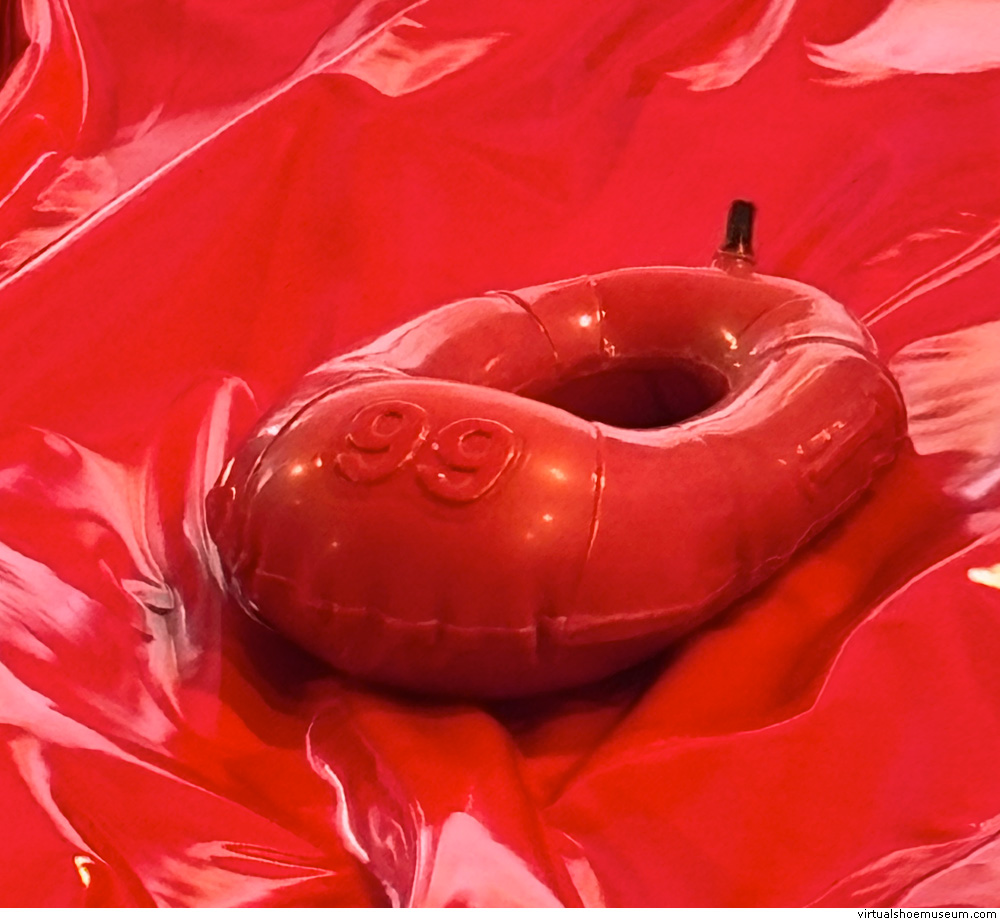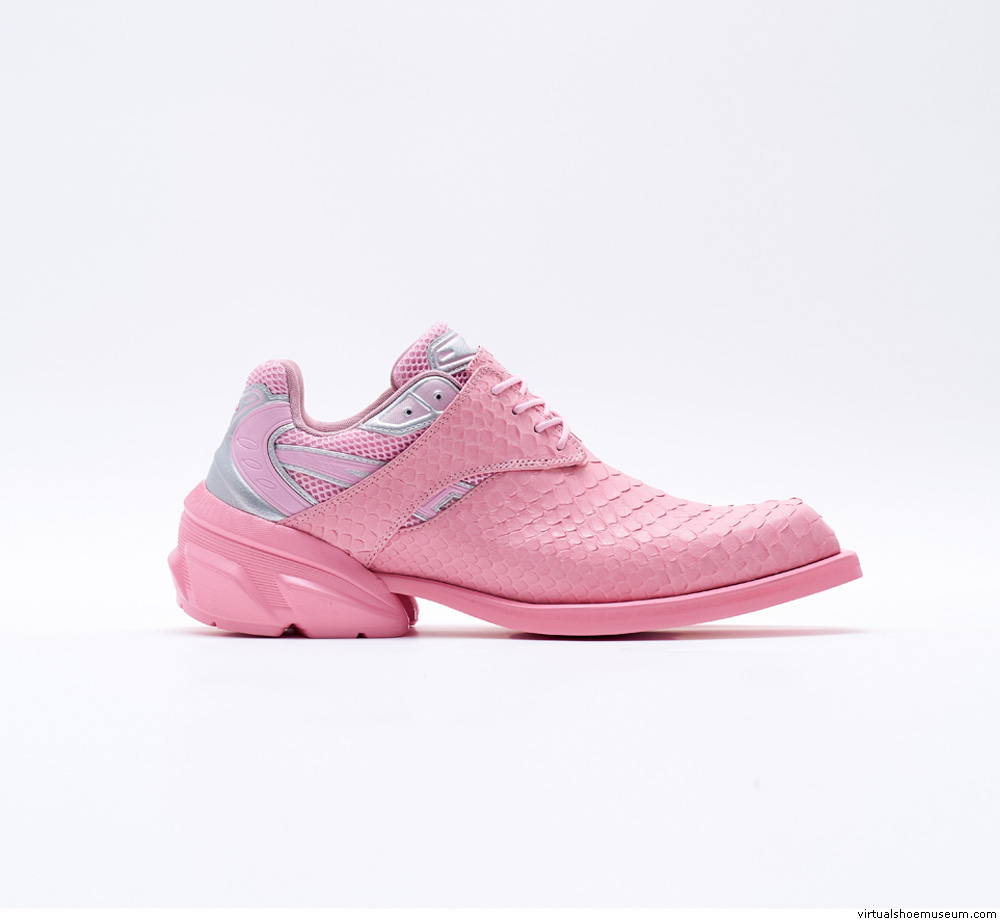Death and the Devil. The Fascination with Horror.
The main exhibition at the Kunstpalast Düsseldorf this autumn is not for the fainthearted: death and the devil sow fear and terror here. However, the uneasy feeling that some of these exhibits can trigger is countered by a pleasurable fascination, sometimes even a humorous approach. Often dismissed as shallow, the genre of horror is re-evaluated in this show, which sheds light on its historical origins as well as the contemporary use of its symbols in fashion, music, film and visual art. Curated by Westrey Page. Accessories (shoes, bags, jewellery), inspired by the human body, in co-operation with the Virtual Shoe Museum.
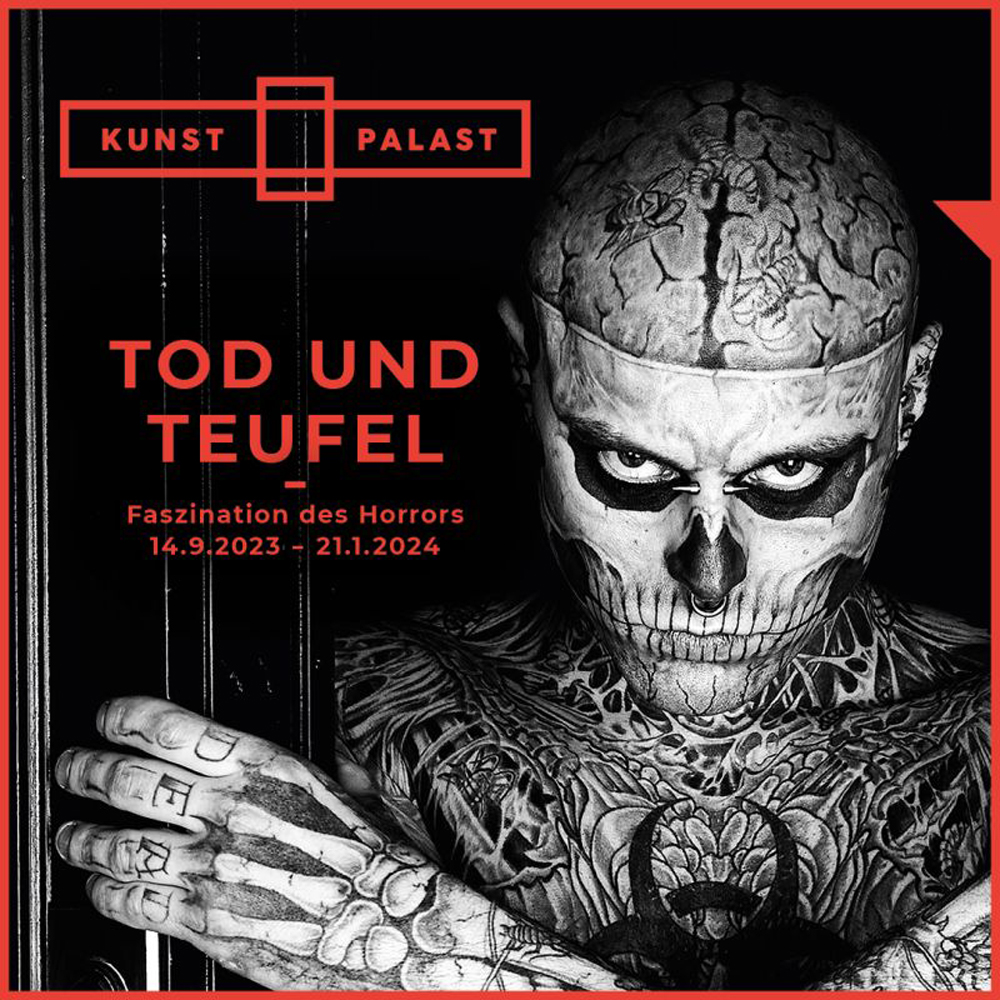
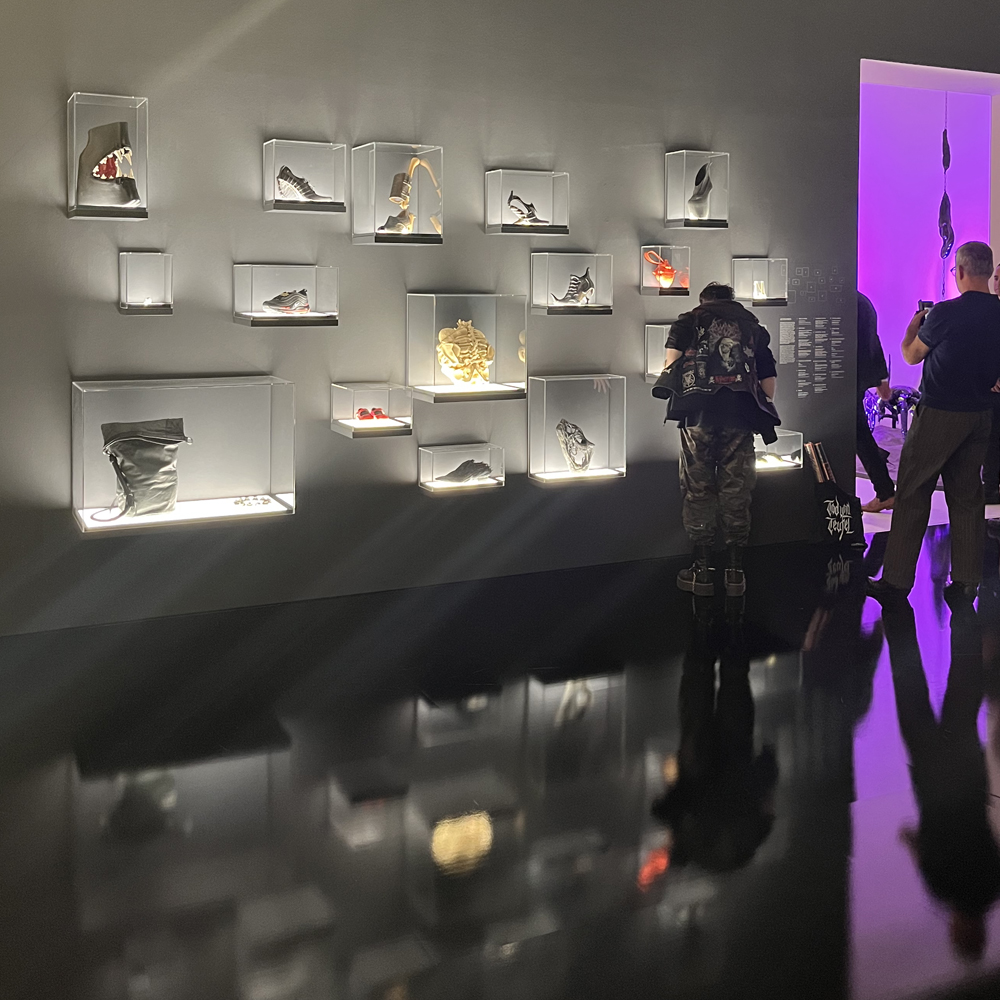
Humankind has been preoccupied with horror and the gruesome for as long as anyone can remember. Death and the Devil is the first exhibition to chart this unwavering attraction across eras and genres. The 120 works on display range from classical painting and sculpture to elaborate installations. A prologue at the beginning of the presentation illustrates how the history of art and culture has been shaped by death and horror, from the fantastical demons of the Renaissance chastising sinful behaviour to the shadowy landscapes of Romanticism steeped in ruins and the suspenseful characters lurking in early twentieth-century horror films. As part of a ‘cannibalistic’ genre that continually revisits its own symbols, characters and themes, these historical examples serve to contextualise contemporary interpretations of horror.
In the main body of the show, the exhibition brings together works from the last two decades and highlights diverse adaptations of strategies and protagonists from the genre of horror. From the late twentieth century onwards, the goth scene was more influential in defining the aesthetic canon than any other subculture. Adopted by designers such as Rei Kawakubo, Rick Owens and Viktor & Rolf, aspects of goth style initially found their way into high fashion before almost becoming mainstream. Metal and rock, the musical genres closest to death and the devil on a thematic and symbolic level, have evolved globally, integrating new political contexts and musical influences. The dissolution of boundaries is also noticeable in horror films, both in terms of genre as well as where the true source of horror lies: who is actually good and who is in fact evil.
Finally, in the visual arts, the themes of death, evil, grotesque bodies and transgressive hybrid beings continue to preoccupy contemporary artists, who use a broad and contradictory range of approaches. Their works are capable of evoking a wide variety of emotions and associations in the viewer, from fear and disgust to humour and romance. The exhibition at the Kunstpalast unites exhibits from fashion, art, music and film, presenting works by artists as diverse as Rei Kawakubo, Jake and Dinos Chapman,
Billie Eilish, Lars von Trier, Berlinde de Bruyckere, Mary Sibande and many more. Death metal and MSCHF’s blood-filled trainers can be found alongside contributions by Andres Serrano and Eliza Douglas. What these works all share is a canonised rule-breaking that transcends societal boundaries, gets under our skin and fires our imagination.
Kunstpalast Düsseldorf, Germany (14.9.2023 till 21.1.2024)
Address: Kunstpalast, Ehrenhof 4-5, Düsseldorf, Germany.
Tue – Sun: 11:00 – 18:00
Thu: 11:00 – 21:00
Mon: closed
Buy tickets
Hessisch Staatsmuseum Darmstadt (february till may 2024)
Museum Georg Schäfer, Schweinfurt (june till september 2024)
Poster image: Dmitry Smirnov, Zombie Boy (Rick Genest), 2011.
